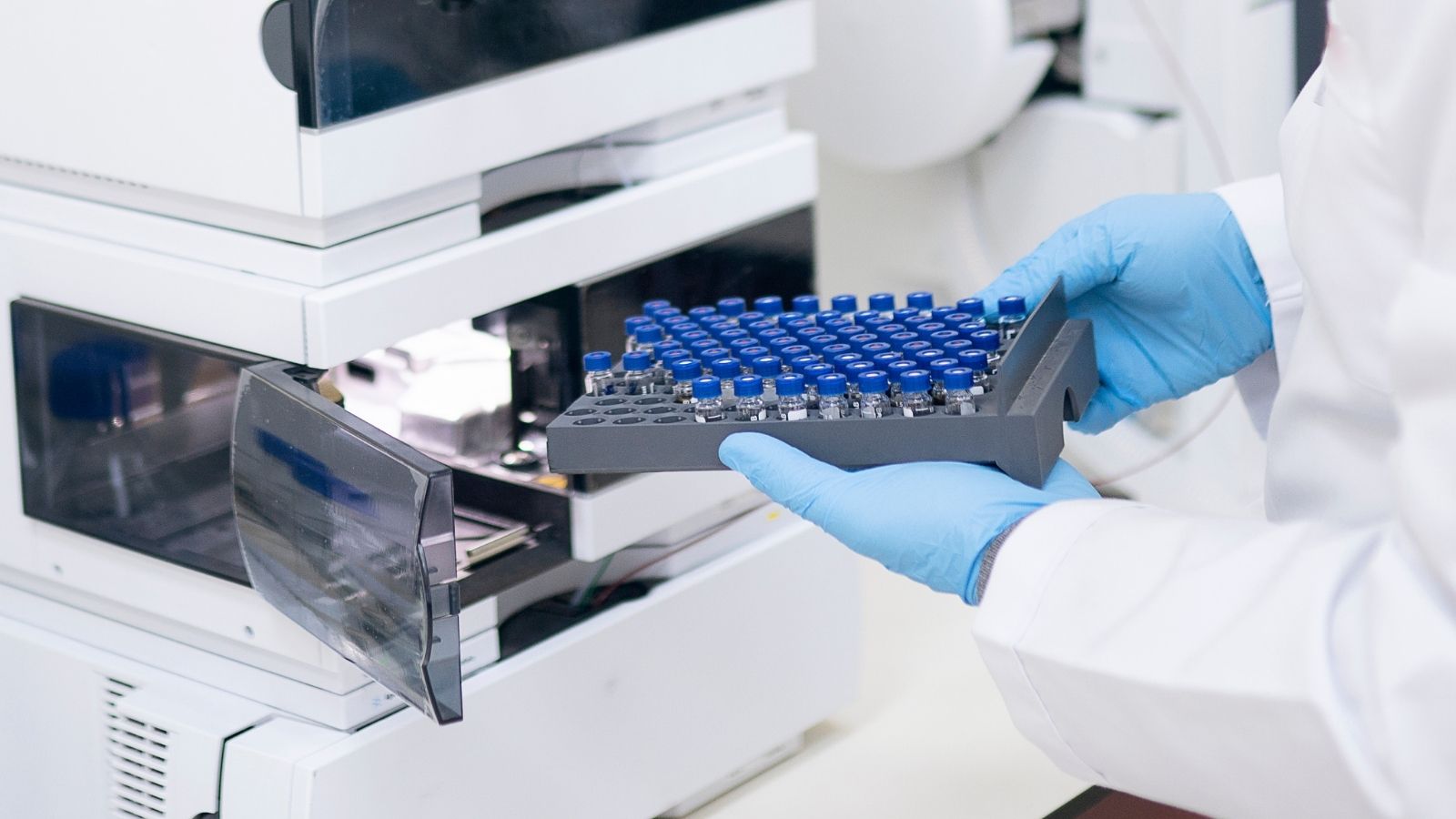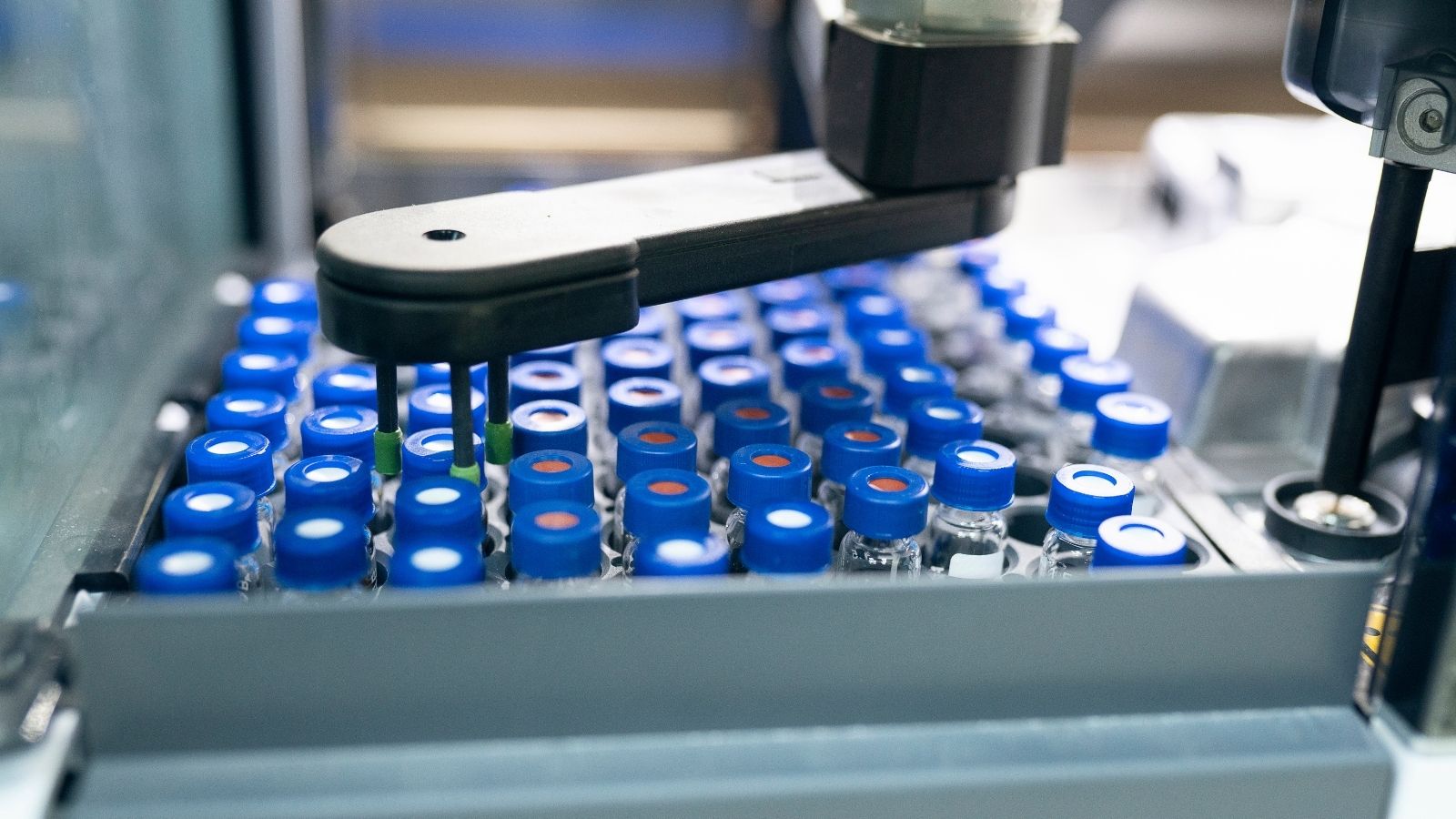

MALDI-TOF MS stands for Matrix-Assisted Laser Desorption/Ionization Time-of-Flight Mass Spectrometry. It
represents a significant advancement in the field of mass spectrometry that has transformed analytical
capabilities across multiple scientific disciplines. First developed in the late 1980s, MALDI-TOF MS has evolved
from a purely research-oriented technique to an essential tool for routine analysis in clinical laboratories
worldwide.
The technique combines two critical elements: MALDI, the ionization method that allows the gentle vaporization and ionization of large biomolecules, and TOF (Time-of-Flight), the mass analyzer that separates ions based on their velocity through a flight tube. This combination enables rapid, accurate identification of a wide range of biological molecules, from proteins and peptides to microorganisms.
MALDI-TOF MS has transformed clinical microbiology by providing rapid pathogen identification capabilities, reducing the time required from days to minutes compared to traditional culture-based methods. This speed improvement directly impacts patient care by allowing faster diagnosis and more timely treatment decisions.

The fundamental principle behind MALDI-TOF MS involves several key steps that work together to analyze samples:
The process begins with sample preparation, where the analyte (the substance being analyzed) is mixed with a matrix compound. The matrix serves several essential functions:
Commonly used matrices include α-cyano-4-hydroxycinnamic acid (CHCA) for peptides and small proteins, sinapinic acid for larger proteins, and 2,5-dihydroxybenzoic acid (DHB) for carbohydrates and glycoproteins.
Once prepared, the sample-matrix mixture is spotted onto a metal plate and allowed to crystallize. The plate is then placed in the MALDI-TOF mass spectrometer, where it is subjected to short pulses from a laser (typically a nitrogen laser at 337 nm wavelength).
When the laser hits the sample, the matrix absorbs the energy and becomes excited. This energy causes:
After ionization, the newly formed ions are accelerated by an electric field into the time-of-flight tube, which is maintained under vacuum. Within this tube:
This creates a mass spectrum displaying the relative abundance of different ions plotted against their m/z values. Each peak in the spectrum represents a specific molecular component in the sample.
A MALDI-TOF mass spectrometer consists of several crucial components that work together to perform accurate analysis:

MALDI-TOF MS has found applications across numerous scientific disciplines due to its versatility and
effectiveness:
Perhaps the most prominent clinical application has been in microbiology, where MALDI-TOF MS has revolutionized pathogen identification. It works by analyzing the unique protein fingerprint of microorganisms, allowing for:
MALDI-TOF MS excels at analyzing proteins and peptides, making it valuable for:
The impact of MALDI-TOF MS on clinical diagnostics has been transformative, particularly in the following areas:
MALDI-TOF MS has significantly improved disease diagnosis through:
Yes, MALDI-TOF MS is widely used in hospitals around the world. It has become a standard tool in many clinical microbiology laboratories because of its:
MALDI-TOF MS systems have received FDA approval for clinical use in the United States, with several commercial systems available:
These approvals have facilitated the widespread adoption of MALDI-TOF MS in clinical settings, enabling laboratories to implement this technology with regulatory compliance.
MALDI-TOF MS offers numerous advantages over traditional analytical and diagnostic methods:
| Advantage | Description |
|---|---|
| Speed | Analysis time of minutes rather than hours or days |
| Cost-effectiveness | Low cost per sample and reduced labor costs |
| Minimal sample preparation | Simple protocols with few steps required |
| High throughput | Ability to analyze many samples in a short time |
| Sensitivity | Detection of compounds at very low concentrations |
| Wide mass range | Analysis of molecules from small peptides to large proteins |
| Tolerance to contaminants | Less affected by salts and buffers than other MS techniques |
| Soft ionization | Minimal fragmentation of analytes |
The combination of speed, accuracy, and cost-effectiveness makes MALDI-TOF MS particularly valuable in clinical settings where rapid diagnosis can significantly impact patient outcomes. A typical bacterial identification that might take 24-48 hours using conventional methods can be completed in just 15-20 minutes with MALDI-TOF MS.
Despite its many advantages, MALDI-TOF MS does have certain limitations and disadvantages:
The accuracy of MALDI-TOF MS for microbial identification has been extensively studied and validated:
Accuracy depends on several factors:
For clinical diagnostics, MALDI-TOF MS systems typically implement confidence scoring systems that indicate the reliability of each identification result, allowing laboratory staff to assess when additional testing may be needed.
MALDI-TOF MS technology continues to evolve, with several promising developments on the horizon:
These advancements are expected to further expand the utility of MALDI-TOF MS in clinical diagnostics and research applications.
MALDI-TOF MS represents a revolutionary technology transforming analytical chemistry and clinical diagnostics. Its ability to rapidly and accurately identify microorganisms and analyze complex biological molecules has made it an essential tool in modern laboratories.
Despite certain limitations, the advantages of speed, cost-effectiveness, and accuracy have driven widespread adoption, particularly in clinical microbiology. As technology continues to advance, MALDI-TOF MS is likely to find even broader applications and become increasingly integrated into routine diagnostic workflows.
For healthcare facilities and research institutions seeking to enhance their analytical capabilities, MALDI-TOF MS represents a valuable investment that can significantly improve efficiency, accuracy, and ultimately, patient care. As Autobio and other manufacturers continue to innovate in this field, we can expect even more powerful and versatile MALDI-TOF MS solutions in the future.